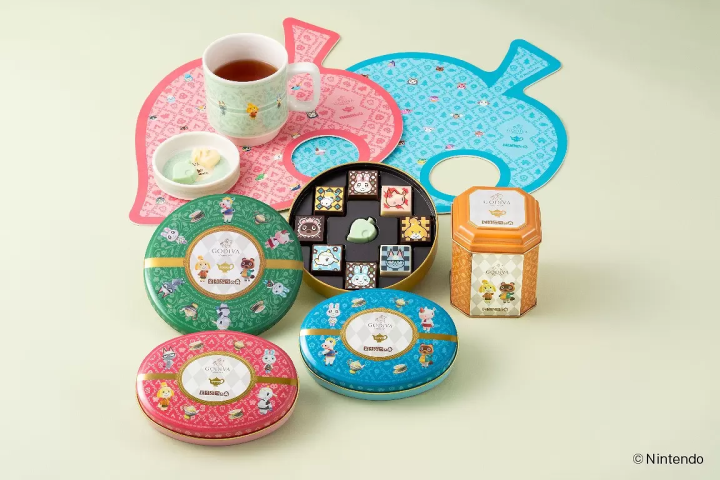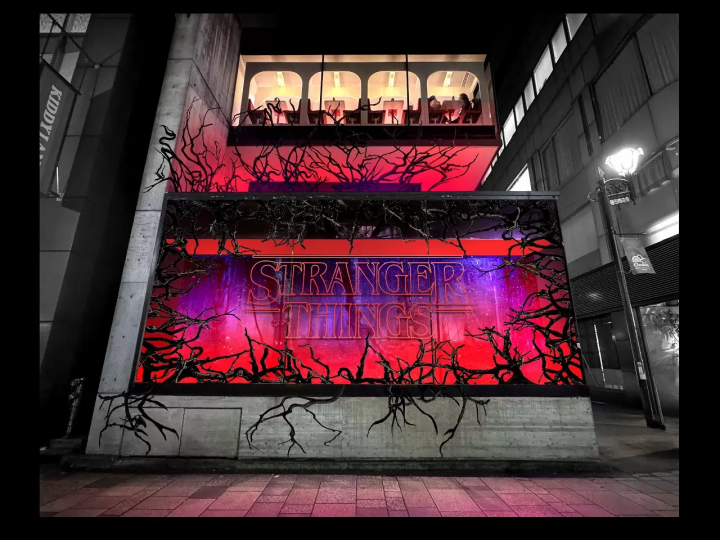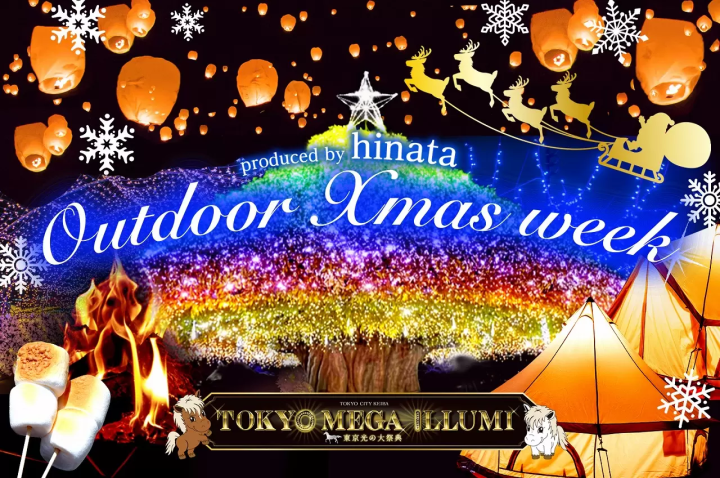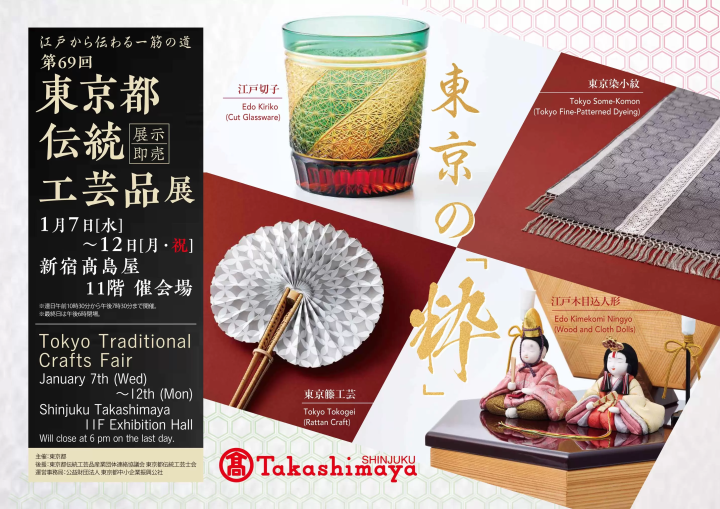[Food Culture] Let's dig deeper into ramen, Japan's proud soul food!
![[Food Culture] Let's dig deeper into ramen, Japan's proud soul food!](https://resources.matcha-jp.com/resize/720x2000/2024/12/25-217040.webp)
Ramen is one of the most commonly requested dishes among customers' meal requests. It has now become Japan's soul food. Today, we will trace the history of ramen from its origins to the present day, and explore how ramen has taken root in Japanese food culture.
Gold-Guide is a guide matching platform operated by West Japan Marketing Communications Inc,. which matches tourists visiting Japan with highly skilled interpreter guides and provides guided tours.
-
Table of Contents
- The origins of ramen
- Japan's first ramen specialty store
- The development of ramen (the five major elements that make up ramen)
- The birth of instant ramen
- Types of Ramen
- Gold-Guide guided tour
The origins of ramen
![[Food Culture] Let's dig deeper into ramen, Japan's proud soul food!](https://resources.matcha-jp.com/resize/720x2000/2024/12/26-217312.webp)
There are several theories about the origin of ramen, but it is generally believed to have originated as a wheat flour noodle dish brought to Japan by Chinese immigrants between 1868 and 1926. After Japan's first Chinese restaurant opened in Yokohama in 1870, Chinese restaurants began opening one after another, and noodle dishes called "Nanjing soba" or "Shina soba" became popular among Chinese people living in the area.
Japan's first ramen specialty store
Japan's first ramen specialty store was "RaiRaiken," which opened in Asakusa, Tokyo in 1910. The founder adapted the salt-based, oily ramen to a soy sauce flavor to suit Japanese tastes, and it was a huge hit! It became an incredibly popular store, attracting 2,500 to 3,000 customers a day during peak seasons. Unfortunately, it closed in 1976, but you can now eat ramen made using a recipe that was made on that day at the Shin- Yokohama Ramen Museum . Although it is not a 100% perfect reproduction, it is based on testimonies and historical facts gathered during research, and the soup is made with pork, chicken, vegetables, and dried sardines.
The development of ramen (the five major elements that make up ramen)
![[Food Culture] Let's dig deeper into ramen, Japan's proud soul food!](https://resources.matcha-jp.com/resize/720x2000/2024/12/26-217329.webp)
In the early Showa period, ramen was served at food stalls and small restaurants on the streets of Yokohama and Tokyo, and gradually spread as a food culture for the general public. It can be said that it was during this period that the uniquely Japanese taste and style was established. Ramen has no set recipe, and is made by freely combining five elements: noodles, broth, sauce, fat/oil, and ingredients. Among these, the uniquely Japanese evolution was seen in the flavoring of the soup and the variety of ingredients. At first, soy sauce-based ramen was mainstream, but miso and salt ramen also appeared and quickly spread to the masses. Then, with the post-war reconstruction, ramen became even more popular and formed its current form.
The birth of instant ramen
![[Food Culture] Let's dig deeper into ramen, Japan's proud soul food!](https://resources.matcha-jp.com/resize/720x2000/2024/12/26-217332.webp)
After the war, Momofuku Ando, the father of instant ramen, saw long lines of people waiting for a bowl of ramen at a food stall in the black market, and sensed a huge hidden demand in these lines. About 10 years later, he took a step towards developing "ramen that can be eaten at home with just hot water", and in 1958, the world's first instant ramen, "Chicken Ramen", was finally released. The five main principles of instant ramen are 1) delicious, 2) easy to cook, 3) long-lasting storage, 4) affordable, and 5) hygienic and safe. Instant ramen was developed behind Momofuku Ando's house in Ikeda City, Osaka! It is in Ikeda City that you can learn about instant ramen at the " Cup Noodle Museum ".
Types of Ramen
Ramen is broadly classified by the type of soup it has. Also, because each region has its own unique ramen, it is said that there are as many as 200 different types. Ramen is generally divided into five main types: 1) soy sauce, 2) pork bone, 3) salt, 4) miso, and 5) chicken broth, and among these, there are ramen with characteristics that vary by region. The three most famous ramens in Japan are "Sapporo ramen" from Hokkaido, "Hakata ramen" from Fukuoka, and "Kitakata ramen" from Fukushima. Each ramen is representative of its region, and has its own unique characteristics that reflect the local specialties and food culture of the area.
The more you learn about ramen, the more you'll realize there is depth to it, and with so many varieties available, you're sure to find one that suits your taste.
Gold-Guide guided tour
Gold-Guide employs experienced interpreting guides. In particular, when it comes to food, the guides often go to the restaurants themselves to taste the food before recommending it to guests, and ramen is no exception. In Gold-Guide guided tours, you are free to eat as you wish. If you request it, the guide will take you to recommended places. If you have any requests after booking the tour, please feel free to consult with your guide.
[Gold-Guide] is a platform that matches tourists visiting Japan with excellent interpreter guides and offers guided tours. We provide memorable guided tours for customers looking for a special experience in Japan. We want to share the charm of Japan with people all over the world.
The contents on this page may partially contain automatic translation.




































